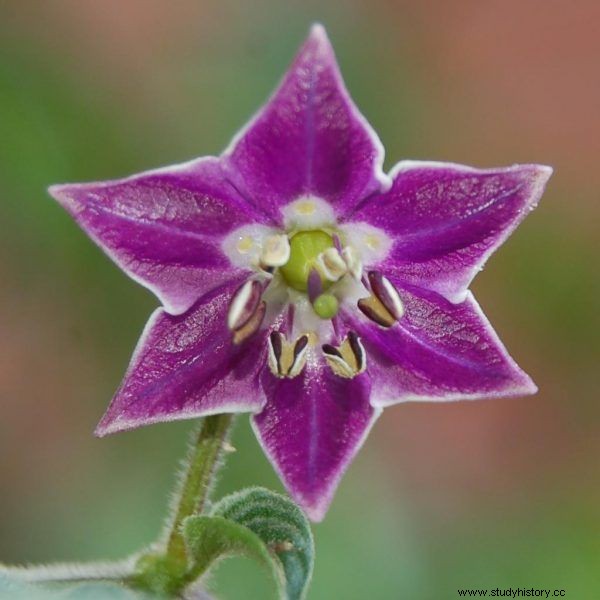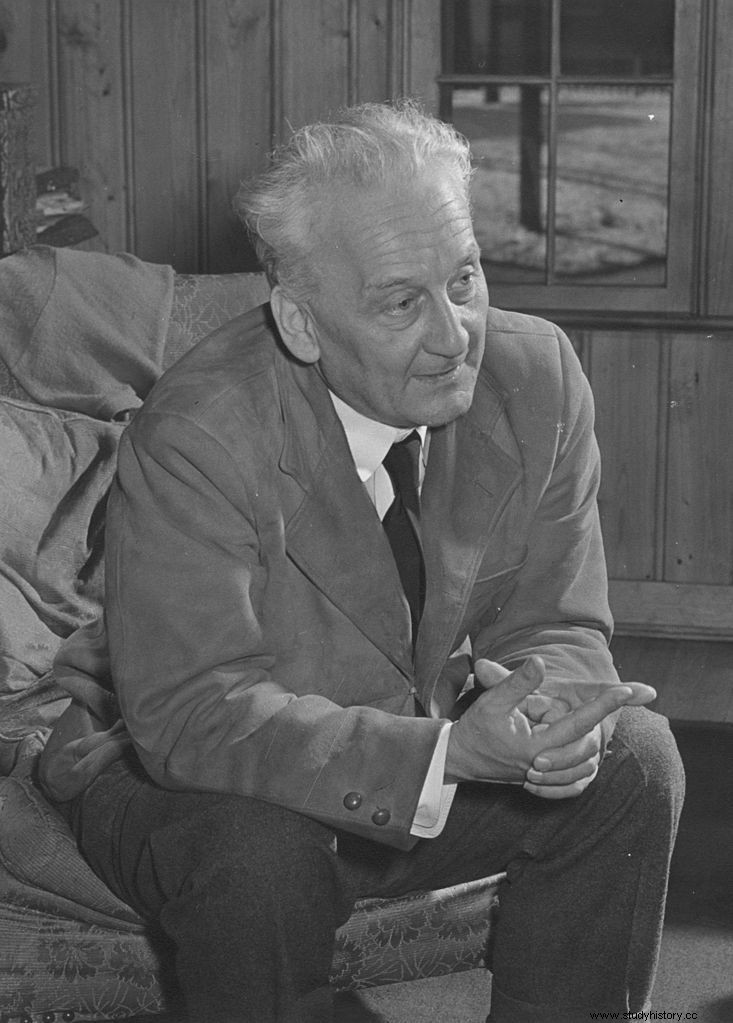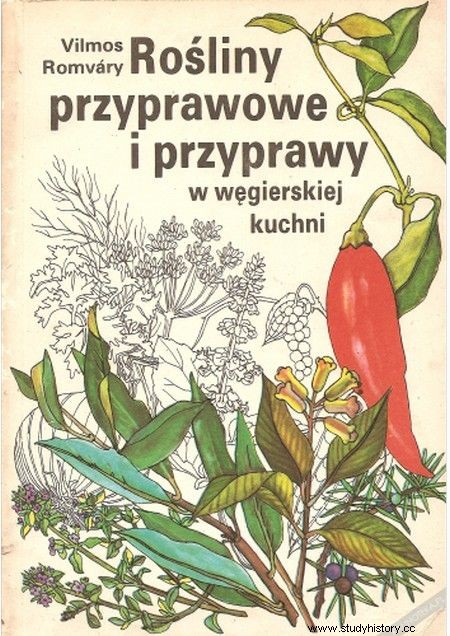We won the Nobel Prize for "Chłopów", the discovery of radium and Szymborska's poems. Hungarians? For the paprika, of course.
The appearance of paprika in Hungary proves that the world ... is really round. Although this plant comes from South America, it came to the Danube from the east. All thanks to the Portuguese who - delighted with the properties of exotic vegetables - decided to bring them to their Asian colonies.
There were several factors in favor of this step. Even after a long journey, pepper seeds sprout. The plant adapts well to different parts of the globe. In addition, it was possible to get a good income from selling it.
No wonder that it quickly began to gain popularity in India and the Middle East. There the Turks met her.
Pepper's military career
Pepper owes its career in Hungary to several wars. It was brought by the Turkish invaders who conquered most of the country in 1526. The guests from the Bosphorus settled quickly. They would have stayed for good had it not been for Jan III Sobieski, who politely but firmly banished them from Europe in 1683.
The Turks left behind a love of spicy cuisine on the Danube. Despite this, the Hungarians were initially not very interested in the so-called "Turkish pepper". Peppers were more common in magnate gardens, where appeared as an ornament or a natural curiosity and not an edible plant.

Nice flower, isn't it? The Hungarians also felt it and were happy to present it in their gardens. The photo shows a flower of one of the pepper varieties, Capsicum pubescens (photo:Lrothc, license CC BY-SA 2.5).
Later, the decorative vegetable appeared in peasants' gardens, but was not very valued there either. Black pepper imported from overseas was much more popular. Paprika owed this change to the subsequent Napoleonic wars.
One of the consequences of the ongoing war on the seas and the introduction of the continental blockade was the interruption of trade routes. There was a shortage of pepper in Hungary, and spices such as dill or parsley could not pass through Magyar's throats. An equally sharp but local replacement was needed. And then attention was drawn to the peppers.
Pepper Wars
The rapid advancement of "Turkish pepper" led to the fact that soon ... it was the paprika itself that became the subject of a prestigious dispute. Although in Hungary it is cultivated in many places, there are two cities for which it is particularly important:Szeged (pronounced Seged, because szeged means the back of the human body) and Kalocs (pronounced Koloczo). The inhabitants of both of them claim that it was in their region that the plant was first cultivated by the Turks. Each center also boasts its own pepper museum, proving beyond any doubt that it was their city that was, is and will be the producer of the best peppers in the country.
Citizens of quarreling metropolises can spend hours debating which paprika is better:Kalocsian or Szegedin. The Museum in Szeged tries to gain an advantage by using quantitative arguments:informs that in the 19th century this city had the most mills grinding paprika into powder.
However, the inhabitants of Kalocs were not convinced by this evidence. In their museum you can find information that you have to take into account not strict numbers - Szeged was and is several times larger - but ... production per capita. Then Kalocsa presents itself as a real pepper power. Unfortunately, this age-old dispute is difficult to resolve categorically. The only thing left is to visit both cities and enjoy your own taste…
Nobel for paprika!
However, in the competition for the title of the pepper capital of the country, Szeged has another ace up his sleeve:the Nobel Prize! At the university there, the greatest minds of the country decided to explore the mystery of this spice. The work sped up when in 1931 one of the best Hungarian chemists, Albert Szent-Györgyi, came to Szeged.

Albert Szent-Györgyi. He was awarded a Nobel Prize for his research on paprika (photo by J.W. McGuire; public domain license).
In 1933, he managed to extract a new, previously unknown substance from the pepper - ascorbic acid. What is this strange chemical? Well, it is known to everyone vitamin C for the discovery of which Albert Szent-Györgyi was awarded the Nobel Prize in 1937. Were it not for his research on Hungarian paprika, our autumn fight against colds or flu would have been much more difficult.
Paprykomania!
It is safe to say that paprika has gained a truly star status in Hungary today. The monks of Szeged still use it to produce a stronger than vodka, 70 percent palinka, which they used to cure cholera and the plague. Kalocean girls embroider paprika on their lacy aprons and napkins. He is also doing well abroad:it is thanks to her that Mr. Kotányi, well-known in Poland, who started his business by selling "Tirecki pepper" in Vienna and Budapest, made his world career.

The article was written, among others, in support of the book by Vilmos Romváry entitled "Spice plants and spices in Hungarian cuisine" (State Agricultural and Forest Publishing House 1987).
With such a strong papricomania, the national Hungarian plant must not be missing on the Danube during holidays. It is everywhere and in every dish:both in the famous goulash soup gulyás (pronounced gujasz), as well as in what we, Poles, consider to be goulash, and what is actually called pörkölt .
On the Polish Christmas Eve table there could be a Hungarian fish soup halászlé (pronounced holasli). Its main ingredient is carp, so popular in Poland. The flesh of other fish is not used because they break down during cooking. Well, unless someone has a sum on hand ... Other ingredients include onion and of course good Hungarian pepper.
Bibliography:
- Robert Makłowicz, The Taste of Hungary , Ed. Character, 2006.
- Tadeusz Olszański, Nobel prize for paprika , Ed. Studio Emka, 2011.
- Kalocsa Pepper Museum.
- Museum of Pick Salami and Szegedyńska Peppers.
- Vilmos Romváry, Spices and spices in Hungarian cuisine , State Agricultural and Forest Publishing House 1987.
- Witold Wieromiej, Hungarian Cuisine , Ed. Spółdzielcze, Warsaw, 1990.
